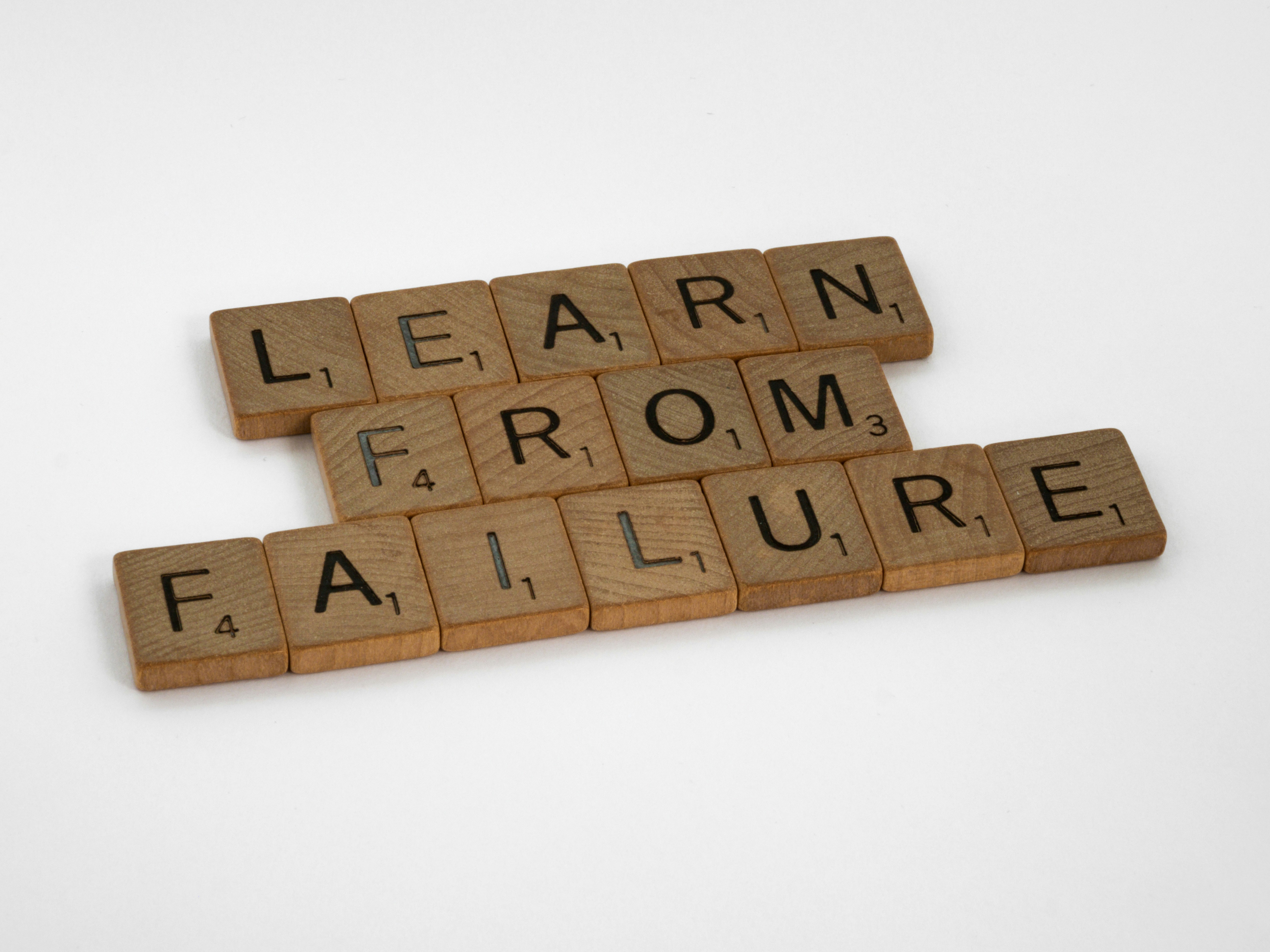Understanding Failure in the Innovation Process
Failure is often seen as something to avoid — but in innovation, it’s an essential part of progress. When we treat failure as a stepping stone rather than a dead end, we open the door to experimentation, risk-taking, and breakthrough ideas.
Failures come in different forms:
-
Technical failures – when a product or technology doesn’t work as expected, highlighting the limits of current knowledge.
-
Market failures – when a product doesn’t resonate with customers, showing the importance of understanding their needs.
-
Operational failures – when internal processes fall short, making it hard to deliver even a well-designed solution.
These aren’t just setbacks — they’re opportunities to learn. The famous Post-it Note, for example, was the result of a failed attempt to make a strong adhesive at 3M. Likewise, early missteps at Apple and Amazon ultimately shaped their future success by teaching resilience and adaptability.
By embracing failure, innovators build a culture of learning, where every challenge offers a chance to improve and push boundaries.
The Psychological Impact of Failure
Failure doesn’t just affect results — it affects people. The disappointment, frustration, and fear it brings can discourage risk-taking and creative thinking. This is why shifting the mindset is so important.
A growth mindset, as described by psychologist Carol Dweck, frames failure as a chance to learn. Companies like Google and Amazon embrace this by encouraging experimentation and openly discussing what went wrong. When failure is treated as a normal part of the process, teams are more willing to try bold ideas.
Sharing both successes and lessons learned helps reduce stigma, boosts confidence, and strengthens collaboration — all of which drive innovation forward.
Strategies for Embracing Failure
To make failure a productive part of innovation, organisations can:
-
Create a culture of experimentation – Encourage testing new ideas without fear of blame.
- Use iterative testing and feedback – Make small, manageable experiments and refine based on insights.
- Adopt fail-fast methods – Spot what’s not working quickly, pivot, and document lessons learned.
- Ensure supportive leadership – Leaders who treat failure as a learning tool help teams take calculated risks with confidence.
Case Studies: Lessons from Failure
Some of the most successful products and companies were shaped by early failures:
-
Post-it Note (3M) – Born from a weak adhesive, it became one of the most widely used office products worldwide.
-
Apple Newton – Criticised and discontinued, but its lessons helped Apple design later successes like the iPhone.
-
Google Glass – Struggled with privacy and usability, leading Google to refocus augmented reality efforts on enterprise solutions.







Leave a Reply